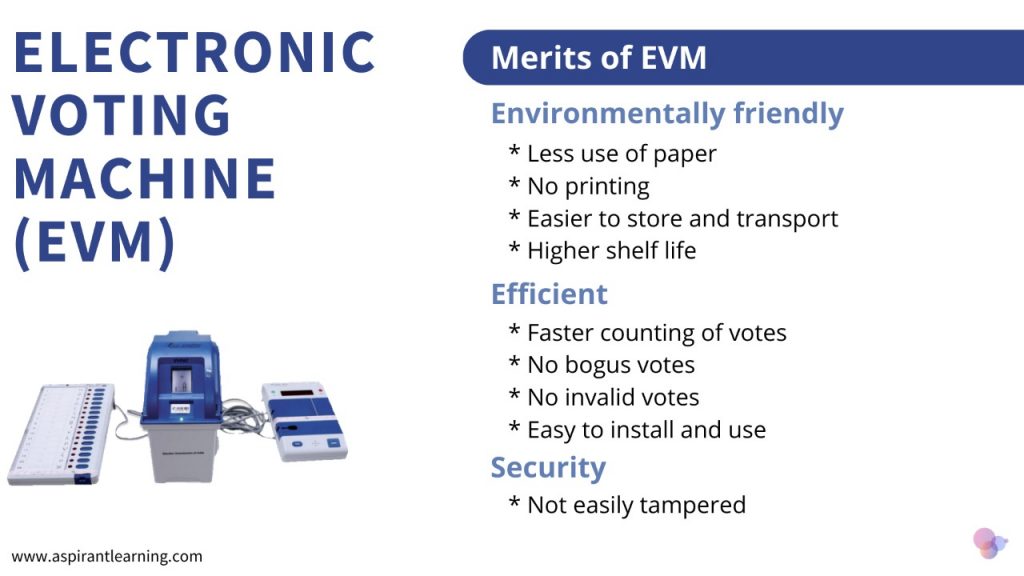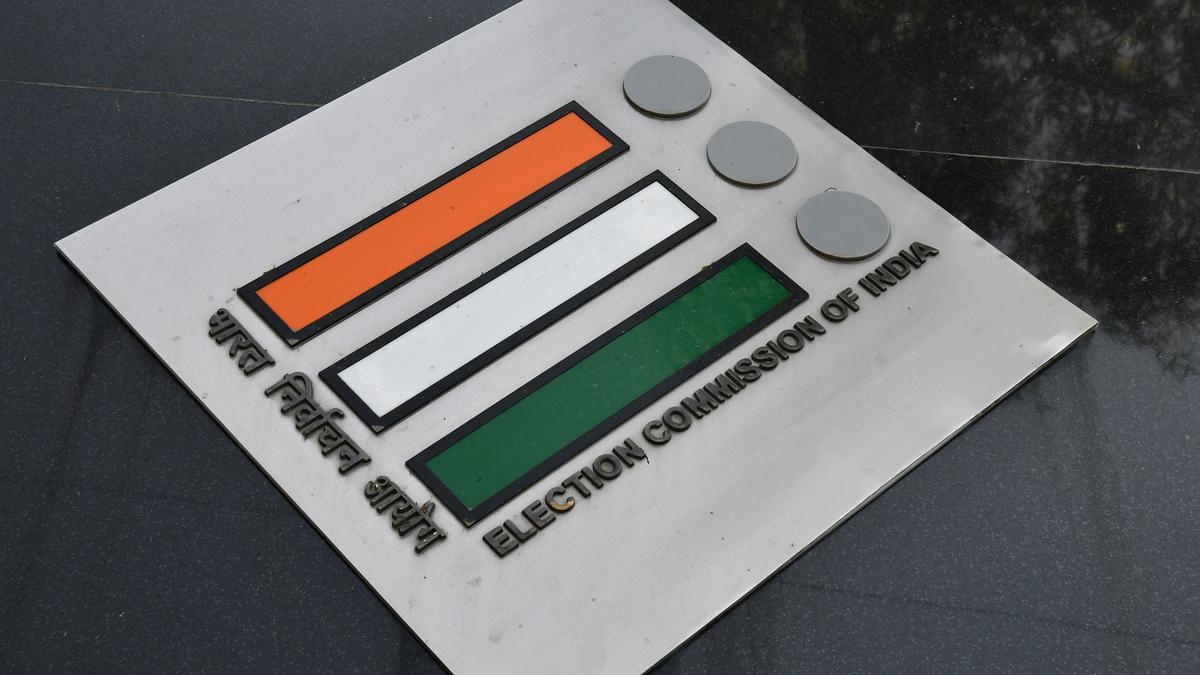News Highlight
The Election Commission of India (ECI) could not demonstrate a prototype of its new Remote Voting Machine (RVM), which allows migrant voting.
Key Takeaway
- EVMs were first deployed on a grander scale in 1992 and have been used in all Lok Sabha and State Assembly elections since 2000.
- The machine has gone through three incarnations with increased functionality, the most recent being the M3 model, which was manufactured from 2013 onwards.
- Multiple political parties petitioned the ECI in 2010 to provide a system to help verify that the EVM had correctly recorded the voter’s vote.
- As a result, the ECI created, in collaboration with two Public Sector Undertakings (PSU), the Voter Verified Paper Trail Audit (VVPAT) system.
- Moreover, it is to provide a paper trail during the voting process.
- Since mid-2017, VVPATs have been used in all elections.
Remote Voting Machine (RMV)
- About
- The EC has developed a Remote Voting Machine(RVM) prototype in collaboration with the Electronics Corporation of India.
- In addition, it is a business under the Department of Atomic Energy.
- It is a modified version of the current Electronic Voting Machine (EVM).
- Furthermore, the RVM can handle 72 constituencies in a single remote polling station.
- The RVM is a stand-alone, unconnected system.
- Instead of a paper ballot sheet, the RVM would have a dynamic ballot display that would vary as different constituencies were selected.
- The system would include a gadget similar to the VVPAT to allow voters to verify their votes.
- What is the procedure for remote voting?
- When elections are held in the home state of migrants, unique remote polling booths will be set up in different states.
- The EC advocated implementing this as a pilot in a State Assembly election so that internal migrants inside a state may vote.
- The remote voter must pre-register for the service by applying online or in person to the home constituency’s Returning Officer(RO).
- The remote voters’ current addresses would then be used to set up unique polling stations.
- The units will save the number of votes cast for each candidate in each constituency to be counted on election day.
- The results would then be communicated to the home RO.
Need for Remote Voting Machine
- While registered voters do not vote for several reasons, marriage, natural catastrophes, work, and other factors fuel domestic movement.
- According to the 2011 census, there are roughly 45.36 crores of intra and interstate migrants in India.
- Furthermore, accounting for nearly 37% of the country’s population.
- These migrants cannot travel to vote, denying a significant section of the population their franchise, going against the EC’s motto – “No voter left behind“.
- The European Commission established a Committee of Officers on Domestic Migrants in 2016.
- Which proposed internet voting, proxy voting, early voting, and postal votes for migrant workers.
- As a result, a technical solution that allows voters to vote remotely in a safe and controlled setting was offered.
Major Challenges
- The system has flaws, some of which the EC has admitted.
- Migrants, for example, are a fluid class with fluid identities, locations, and situations.
- As more countries reject EVMs in favour of paper ballots.
- This action can cast more significant doubt on the legitimacy of the voting process.
- Remote voting can theoretically provide larger parties and wealthier candidates an advantage in campaigning across the constituency and beyond.

Way Forward
- These challenges would necessitate broader consultations with many legal and political stakeholders.
Pic Courtesy: The Hindu
Content Source: The Hindu



